How to Fix a Garbage Disposal Jam With an Allen Wrench?
Garbage disposals are very useful and convenient appliances for shredding food scraps and waste into small pieces that can be washed easily with water. However, once in a while, they can get jammed and require unclogging, which can be pretty problematic and frustrating.
The good news is that you may not have to call a handyman - you can easily fix it yourself! Read our comprehensive guide and learn how to fix a garbage disposal jam with an Allen wrench in no time.
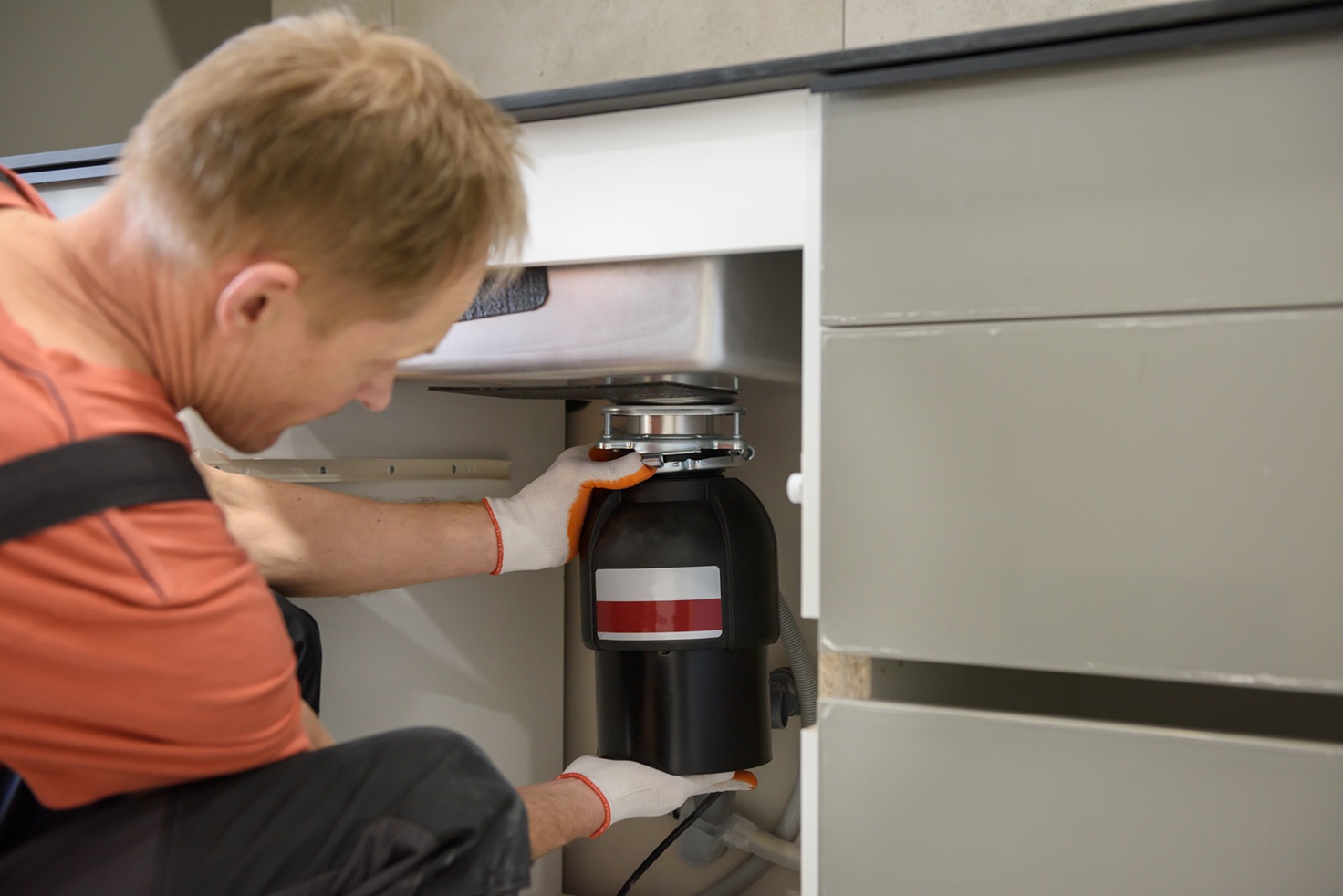
Common Causes of Sink Disposal Jams
Here are some of the most frequently encountered reasons why you may need to fix your garbage disposal with an Allen wrench:
Incompatible Foods
Certain foods should never be put down a garbage disposal, as they can cause significant issues. They are, for example:
- Bones: Hard items like bones can dull or damage the blades, leading to clogs.
- Fibrous Vegetables: Stringy foods such as celery or asparagus can wrap around the blades and cause them to jam.
- Eggshells and Coffee Grounds: These can create a thick paste that clogs the garbage disposal and drains.
Foreign Objects
Sink disposal issues are also commonly caused by accidental drops of non-food items. Objects like silverware, plant clippings, plastic, and paper can obstruct the blades and prevent them from functioning properly.
Overloading
Feeding too much food into the sink disposal at once can overwhelm its capacity. As a result, food is tightly packed in the chamber, which typically leads to jams.
Mechanical Issues
Wear and tear on the disposal’s components can also lead to jams. Broken or warped blades, worn grinding rings, or damaged seals can negatively affect the appliance’s performance and cause blockages.
Fats, Oils, and Greases
Oily substances can solidify in the disposal and drain pipes, creating tough blockages that trap other food particles and make the situation even worse.
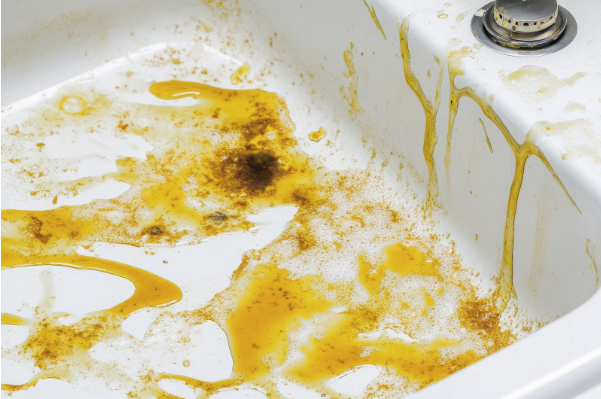
Understanding Your Sink Disposal Components
Before you proceed to fix your garbage disposal with an Allen wrench, it is important to learn about the appliance’s components.
Impellers
Impellers are the rotating components inside the disposal that grind food waste. They're not blades in the traditional sense but rather blunt, metal lugs that force food against the grinding plate.
They use centrifugal force to push food waste against a stationary grind ring, breaking down the waste into fine particles that can be flushed with water more efficiently.
Hex Socket
This is a small, round hole in the center of the motor housing on the underside of the disposal unit that perfectly fits an Allen wrench.
The purpose of the hex socket is to allow you to manually turn the impellers if they become jammed by foreign objects so as to loosen the obstruction.
Reset Button
Almost all the newest sink disposal appliances have a reset button as a safety feature.
It functions as an overload protector that automatically turns off the device to prevent motor overheating or damage when the disposal is clogged or jammed. The button is usually red and located on the bottom of the unit.
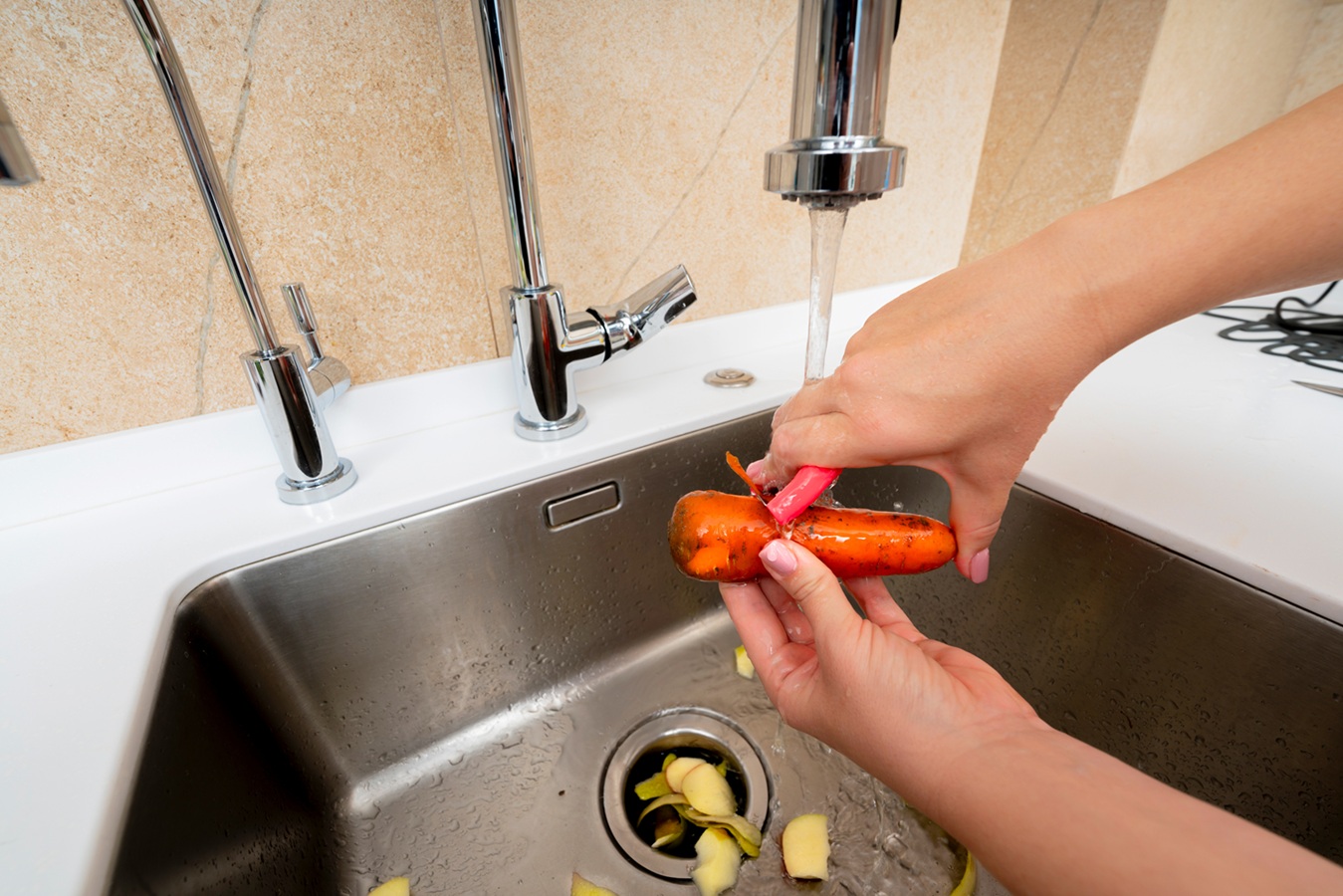
Step-by-Step Guide to Using an Allen Wrench for a Garbage Disposal Repair
To effectively fix your garbage disposal with a wrench, follow these steps carefully:
Step 1: Disconnect Power
Before starting, always disconnect the power to the garbage disposal so that it won’t start working while your hands are inside. Unplug the unit from the outlet, or if it's hardwired, switch off the circuit breaker that controls the disposal.
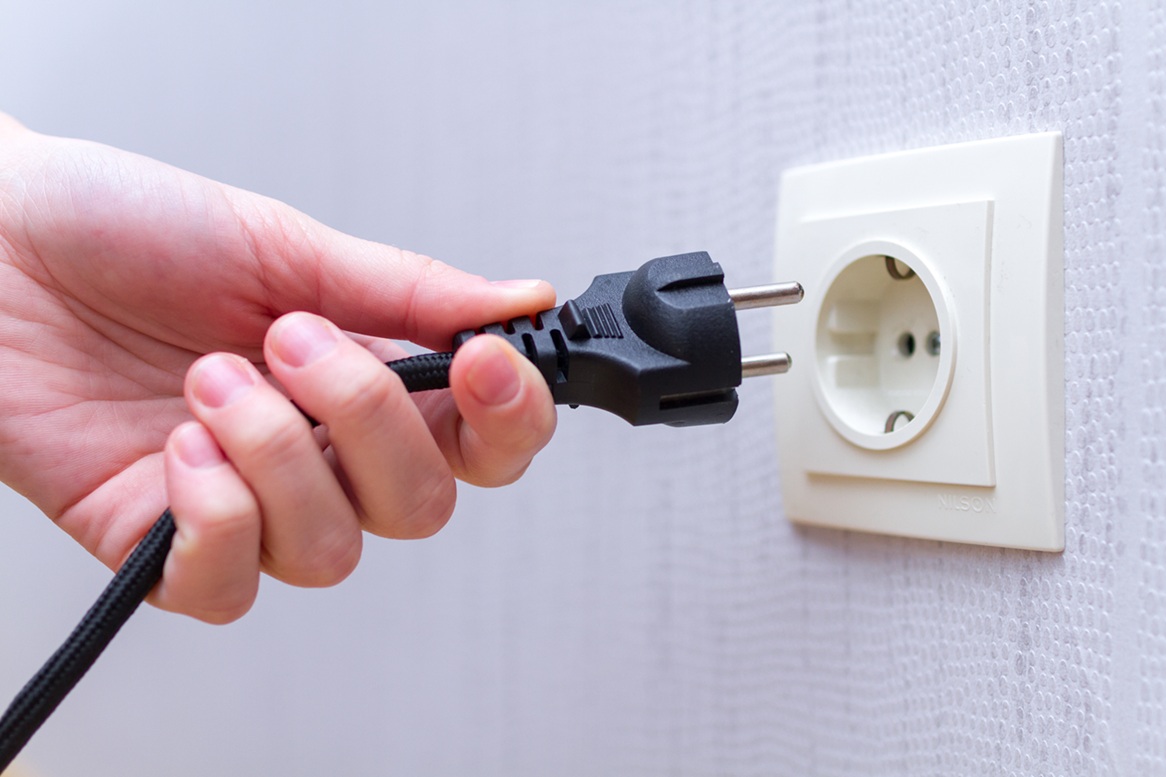
Step 2: Check for Obstructions
Use a flashlight to look into the disposal from the sink opening, but remember never to put your hand inside. If you see any visible objects, such as utensils or large pieces of food waste, remove them using tongs or pliers.
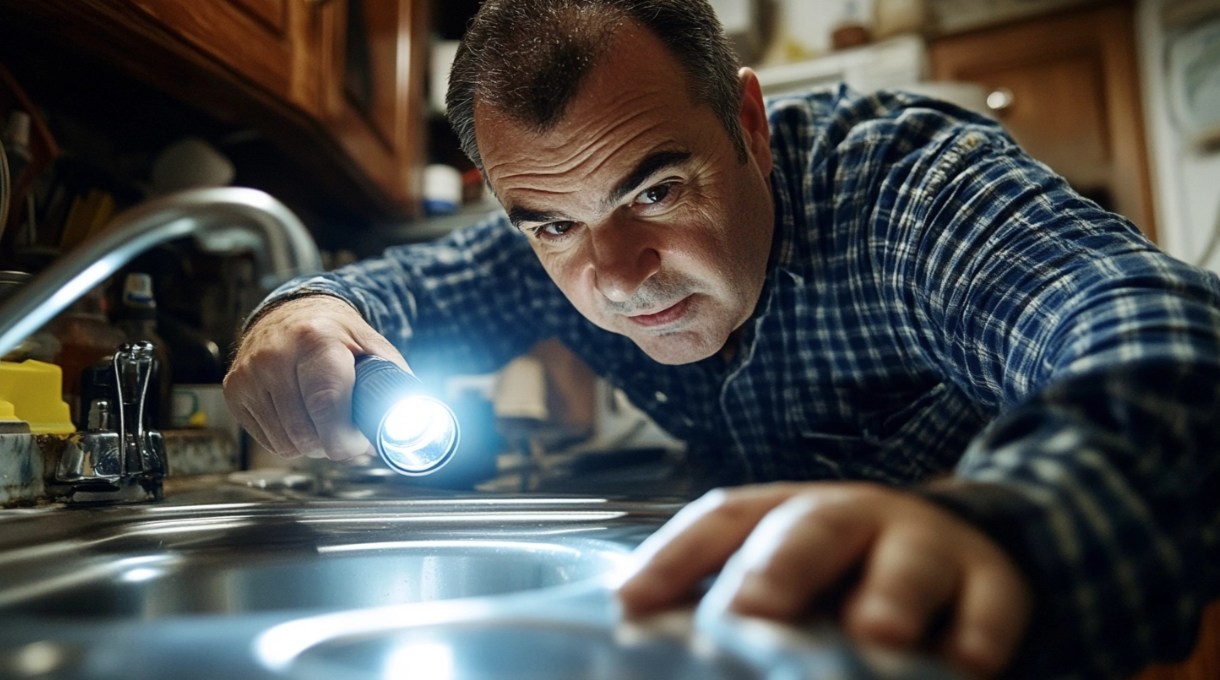
Step 3: Use an Allen Wrench to Free the Jam
Locate the hex socket on the bottom of the disposal and insert a 1/4-inch Allen wrench into it
Turn the wrench back and forth to manually rotate the grinding plate and dislodge the jam. Keep doing it until you feel the movement become smooth.

Step 4: Press the Reset Button
After you've cleared the jam, locate the reset button on the disposal's bottom. If the button pops out, press it back in. This is a crucial step, as the unit may have tripped the overload switch.
If the reset button doesn't stay in, wait ten minutes and try again.
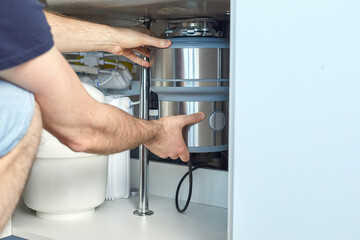
Step 5: Restore Power and Test the Sink Disposal
Plug the disposal back in or turn on the circuit breaker. Then, run cold water and turn on the disposal to check if it operates smoothly. If everything is working, you’ve successfully fixed the garbage disposal with your Allen wrench!
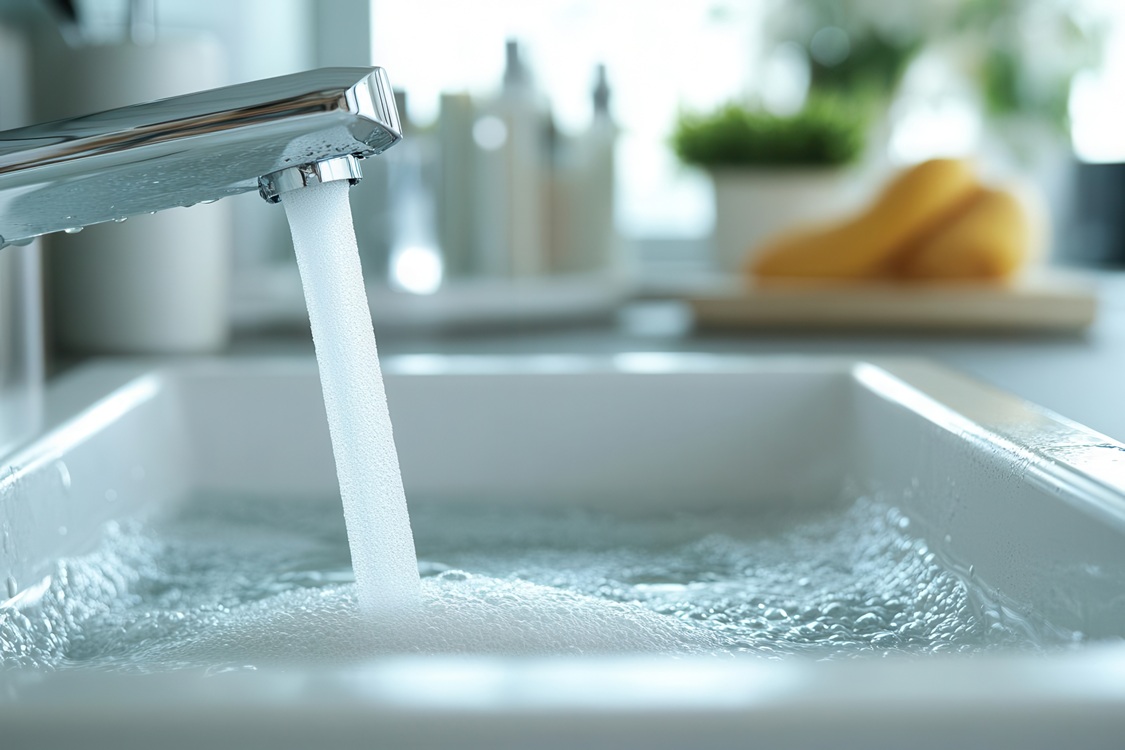
Troubleshooting Tips for a Jammed Garbage Disposal
If your sink disposal still doesn’t work after you’ve taken all the steps, follow these troubleshooting tips to identify the issues:
- Verify the Power Supply: Ensure the disposal is properly plugged into the outlet. Sometimes, items stored under the sink can accidentally unplug and make you think it’s clogged or broken. If plugged in, unplug it, wait a few seconds, and plug it back in.
- Check the Outlet: Use another electrical device (like a lamp) to test the outlet that the disposal is plugged into. This will confirm whether the outlet is providing enough power.
- Inspect the Wiring: Turn off the power at the circuit breaker and check the wiring connections to the disposal. Look for loose wires or damaged insulation. If you see any damage, it's best to call an electrician.
- Clear the Drain Trap: A clog in the drain line can cause the disposal to drain slowly or not at all. To check for obstructions, disconnect the drain trap and discharge the pipe. If you find a clog, remove it. If it is located in the branch drain line going into the wall, use a sink auger to clear it. Reassemble the drain trap and discharge tube, then run water to ensure it drains freely.
Check for Leaks: If the garbage disposal is leaking from the bottom, it may indicate cracks or a broken seal inside the unit, suggesting it may need to be replaced.
When to Replace Your Garbage Disposal
You should be aware of when it is best to replace your sink disposal instead of trying to fix it. Here are some of the most common signs it’s time to do it:
- Frequent Clogs: If your disposal constantly clogs even soon after cleaning, the blades may be dull, or the unit might be too small for your needs.
- Persistent Odors: While some odors are normal, persistent bad smells that don't go away after cleaning indicate trapped food particles or internal damage. If the unit itself is holding onto that smell, it can be very hard to get rid of it.
- Strange Noises: Unusual grinding, banging, or squeaking sounds can indicate problems with the blades or motor.
- Weak Grinding Performance: A noticeable decline in efficiency means the motor or impellers are deteriorating, and it’s time to replace a garbage disposal.
- Leaks: Leaks from the bottom of the sink disposal are a serious sign. They often indicate cracks in the unit's housing, which are difficult or impossible to repair.
- Slow Grinding: If your disposal takes significantly longer to grind food than it used to, the motor or grinding components may be wearing out.
- Old Age: Most sink disposals last 8-15 years. If yours is near the end of its lifespan, it may be better to upgrade it instead of trying to repair it when it malfunctions.
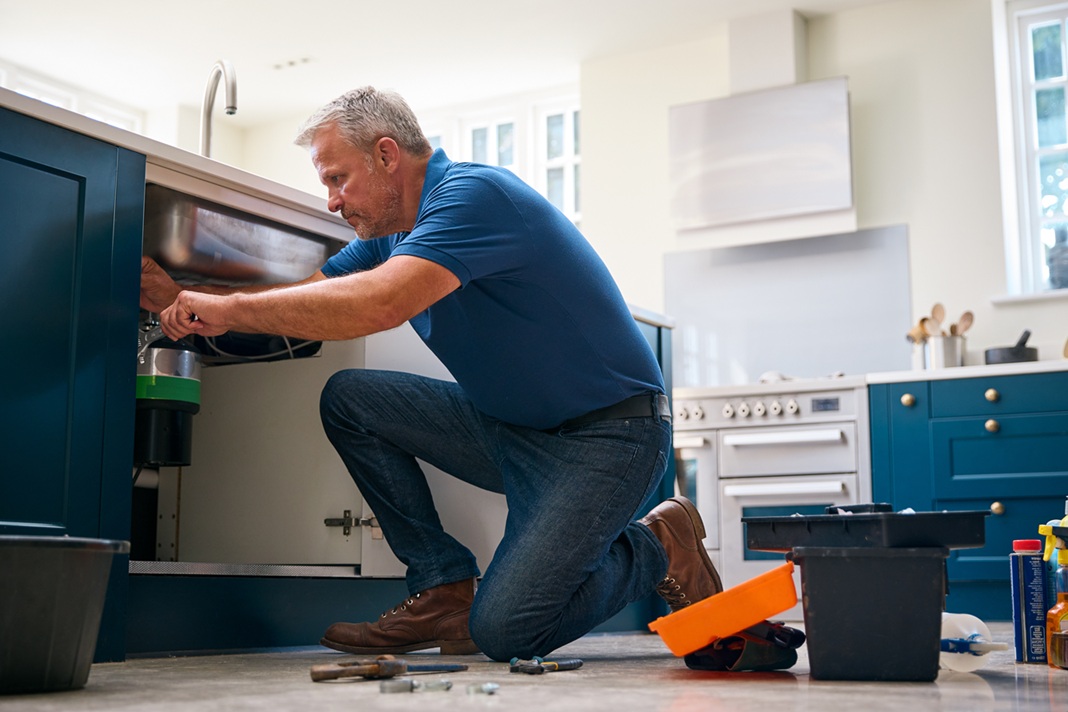
The Bottom Line
Using your Allen wrench for garbage disposal fixing is easier than you think. By following the provided tips, you can save money on unnecessary repairs and quickly unclog your jammed unit yourself.
However, if your sink disposal still isn’t working or shows signs of serious wear, call a professional or consider replacing the appliance.
If you need to perform any other repairs, take a look at the wide range of products available at Fastenere that may be helpful to you. From self-tapping screws to wedge anchors, we have lots of useful fasteners for professionals and DIY enthusiasts alike.
FAQ
What size of an Allen wrench should I use for garbage disposal?
The typical garbage disposal Allen wrench size is 1/4 inch, but it may depend on a particular model. Check your manufacturer’s specifications to make sure.
Can I use a screwdriver instead of an Allen wrench?
No, an Allen wrench is designed specifically for the disposal’s hex socket. A screwdriver won’t fit properly, so it will be hard for you to perform the task.
How often should I clean my garbage disposal?
Clean your sink disposal regularly (preferably once a week) with baking soda, vinegar, and cold water to help prevent buildup and odors.

